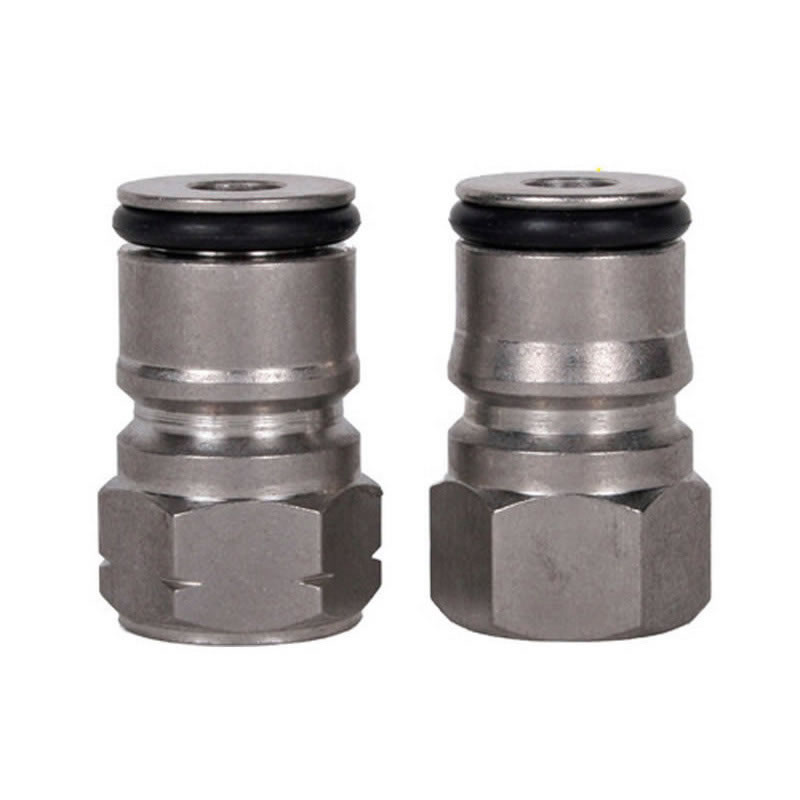bignick270
Active Member
This weekend I went to make the first pour from my keg of a brown ale and it had the strangest flavor. At first it was sort of vanilla like but the more I tried it, maybe it was a butterscotch like flavor. I read that Diacetyl can have a butter or butterscotch flavor but it is odd since I am using Safale US-05. For this beer, I fermented on the cooler side at 64 but that should be within the temperature range of the yeast. In the past usually run US-05 around 68 to 70. If it is Diacetyl, then I guess I should have done Diacetyl rest by raising the temp on the last day. This beer was in the fermenter for about two weeks while I was setting up my kegerator. The off flavor was not enjoyable at all and I ended up tossing the batch (luckily I am just doing 1.5G to 2G batches).
I decided to try my second beer last night which is a Pumpkin Stout. I think there is a very slight butterscotch off flavor, but it is masked by the pumpkin pie spices. This beer was fermented with the same temperature profile as the brown ale, but was in the fermenter for about a week. This beer was in a different keg.
I ferment in a 5 cu. Ft chest freezer with a BrewPi setup where the beer temperature is read from a sensor inside a thermowell that is placed in the beer. The beer temperature usually only swings +/- 1 degree.
Also, the beer line is new and I ran BLC and water through the line before use. While dumping the keg, I tasted it and the flavor was definitely in the beer and not from the draft system. Unfortunately I did not taste the sample when I transferred it to the keg.
Any ideas? I have not encountered this flavor during the past 3 years or or so of brewing.
I decided to try my second beer last night which is a Pumpkin Stout. I think there is a very slight butterscotch off flavor, but it is masked by the pumpkin pie spices. This beer was fermented with the same temperature profile as the brown ale, but was in the fermenter for about a week. This beer was in a different keg.
I ferment in a 5 cu. Ft chest freezer with a BrewPi setup where the beer temperature is read from a sensor inside a thermowell that is placed in the beer. The beer temperature usually only swings +/- 1 degree.
Also, the beer line is new and I ran BLC and water through the line before use. While dumping the keg, I tasted it and the flavor was definitely in the beer and not from the draft system. Unfortunately I did not taste the sample when I transferred it to the keg.
Any ideas? I have not encountered this flavor during the past 3 years or or so of brewing.



